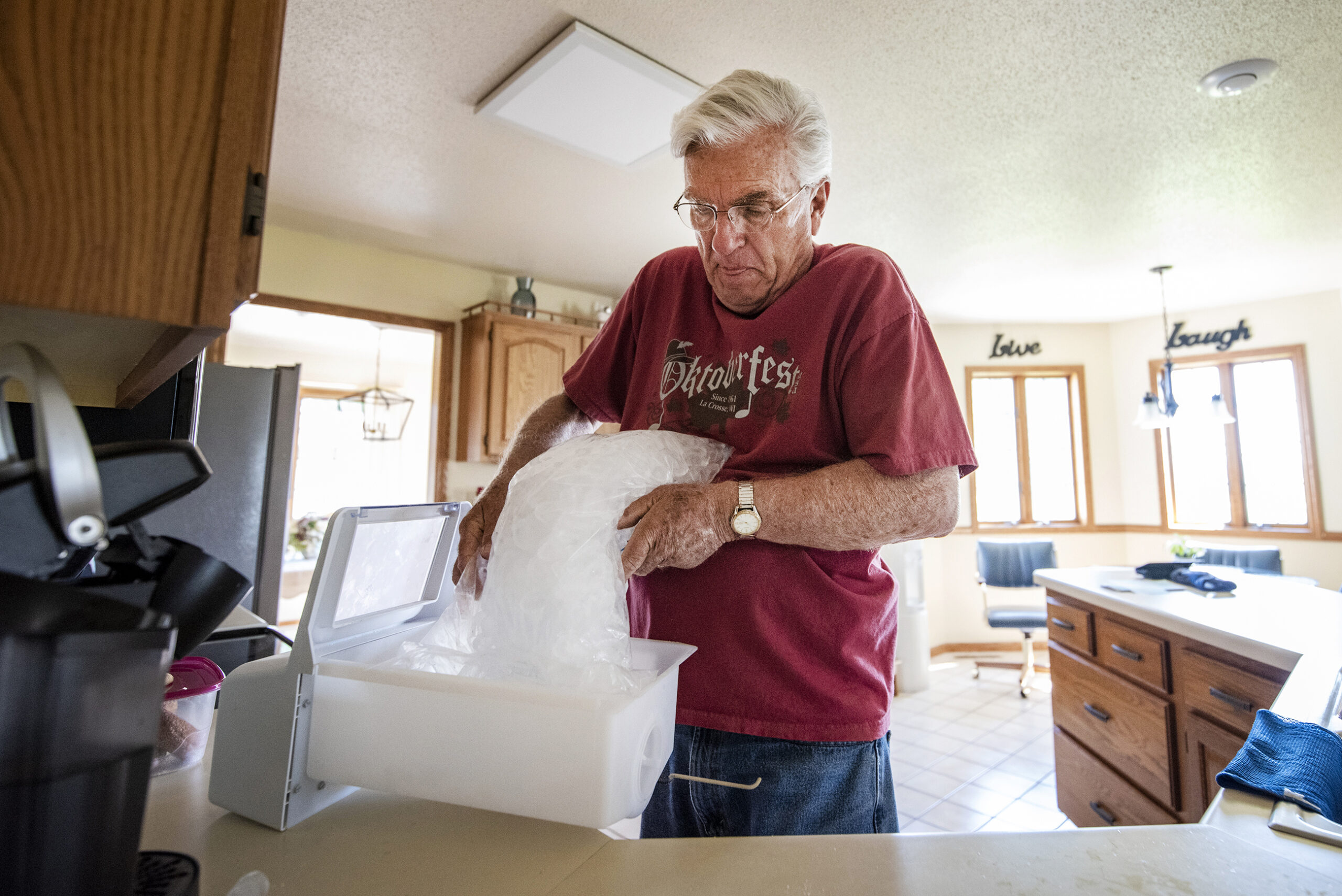The individuals and municipalities involved in lawsuits over PFAS contamination face yearslong litigation in complex cases that could involve new and untested legal theories, experts say.
Increasing awareness of the risks of chemical contamination by the class of synthetic chemicals widely used in household products has led to thousands of lawsuits across the nation. Late last month, the city of Wausau filed suit against 15 manufacturers and another 61 insurance companies. It is the latest PFAS lawsuit in Wisconsin, and follows legal action by the city of Eau Claire, residents in the town of Campbell, residents near Rhinelander and others. Such lawsuits are typically targeted at manufacturers, including 3M or Tyco, known to have produced PFAS.
In some cases, companies have chosen to settle similar lawsuits on the local and national levels. But the path to resolution takes years and involves complex scientific and legal work.
Stay informed on the latest news
Sign up for WPR’s email newsletter.
In the case of the Wausau lawsuit, for example, individual manufacturers may argue that their company is not responsible for the contamination but another company is. In the legal process known as discovery, both sides would try to bolster their claims by seeking company records and performing complex scientific testing on the city’s water, which in 2022 was found to be contaminated with PFAS in all its municipal wells.
“There can be some ability to trace that, because each company would be producing, potentially, different types of PFAS that could be linked back to them,” said Steph Tai, a law professor and associate dean of the Nelson Institute for Environmental Studies at the University of Wisconsin-Madison, an expert on environmental law.
That process will likely involve opposing scientific experts from the plaintiffs and the defense.
A winning lawsuit doesn’t require proof company knew risks of PFAS contamination
Long-term PFAS exposure has been linked to an increased risk of some cancers, including prostate and testicular cancer. It can also cause increased cholesterol levels and reduced fertility in women.
Our understanding of PFAS and its risks over time are relatively new, and in many places regulators have only recently begun to grapple with how to define water standards. The federal Environmental Protection Agency is working to finalize national drinking water standards for PFAS, EPA Administrator Michael Regan told WPR in November.
But those filing PFAS lawsuits, whether on behalf of municipalities or affected residents, likely do not need to show that manufacturers knew the risks of the chemicals at the time they allowed them to enter the water system, said attorney Philip Comella of the Chicago firm Taft Stettinius and Hollister, who has worked extensively on PFAS cases.
“It’s strict liability, which means that if you produced a product and it causes harm, you don’t have to know that it was going to cause injury,” Comella said.
Evidence of negligence or other wrongdoing can strengthen a plaintiff’s claims, Comella said, but typically are not necessary in such cases.

Then there is the question of harm. In the case of Wausau or other municipalities, they will seek to show that the city incurred costs. In January, Wausau unveiled a new water treatment plant with upgraded filtration systems that will cost about $800,000 per year to maintain. The city argues that manufacturers should be responsible for those costs, incurred by the city’s taxpayers.
Proving actual health effects is more complicated, Comella said. PFAS exposure leads to increased risk of some health issues, but it is difficult to prove that any given person is suffering from a particular malady as a result of exposure. In at least one past case, individuals have argued that manufacturers should pay for the cost of medical monitoring “to make sure to catch whatever illness early, so it could be treated,” Comella said. But different states have different policies around this, and it’s a less well-defined area of law. As a result, though possible, medical monitoring is typically not part of PFAS settlements.
Companies may choose to settle instead of going to trial
In many cases, companies have chosen to settle lawsuits rather than bring them to trial. That may in part be a public relations calculation, Tai said, or an attempt to avert the long and costly trial process. In 2021, Tyco Fire Products and other manufacturers agreed to a $17.5 million settlement with residents of the area around Peshtigo where chemicals used at a firefighting training facility contaminated the water.
“Usually, the closer it gets to a potential trial date, the more worried companies might get,” Tai said.
Many PFAS lawsuits are class-action suits, meaning they are filed on behalf of a group of people such as residents of a given area who have dealt with contamination. In at least one case, a massive, multistate class action lawsuit led to a proposed $10.3 billion settlement from the Minnesota-based manufacturer 3M. In Wisconsin, Gov. Tony Evers and Attorney General Josh Kaul have called on the group to reject that proposal, saying it would not provide enough funding to cover costs for affected communities.
Wisconsin Public Radio, © Copyright 2024, Board of Regents of the University of Wisconsin System and Wisconsin Educational Communications Board.




